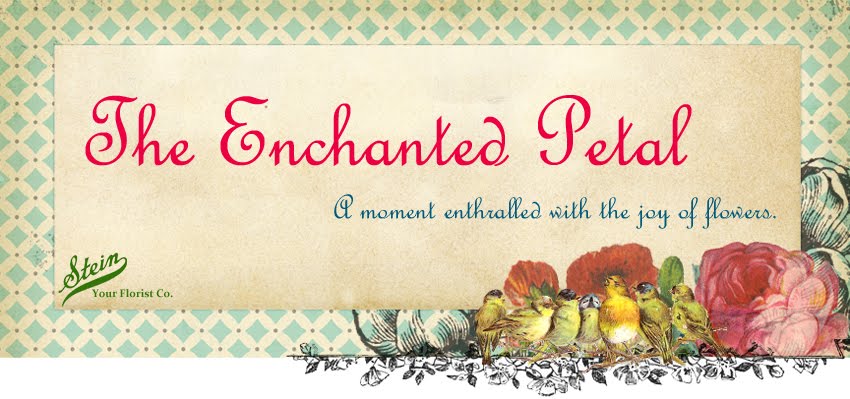 Day 236 -
Cosmos is native to scrub and meadowland in Mexico where most of the species
occur, Florida and the southern United States, Arizona, Central America, and to
South America in the north to Paraguay in the south. Some species of Cosmos are
extinct in the wild, such as Cosmos atrosanguineus (Chocolate Cosmos). The species
was introduced into cultivation in 1902, where it survives as a single clone
reproduced by vegetative propagation. These cosmos are #Jerseyfresh
Day 236 -
Cosmos is native to scrub and meadowland in Mexico where most of the species
occur, Florida and the southern United States, Arizona, Central America, and to
South America in the north to Paraguay in the south. Some species of Cosmos are
extinct in the wild, such as Cosmos atrosanguineus (Chocolate Cosmos). The species
was introduced into cultivation in 1902, where it survives as a single clone
reproduced by vegetative propagation. These cosmos are #Jerseyfresh
Day 237 -
Lavender is grown as a condiment and used in salads and dressings. Flowers
yield abundant nectar from which bees make a high-quality honey. Monofloral
honey is produced primarily around the Mediterranean, and is marketed worldwide
as a premium product. Flowers can be candied and are sometimes used as cake
decorations. Lavender flavors baked goods and desserts (it pairs especially
well with chocolate), and is also used to make "lavender sugar".
Lavender flowers are occasionally blended with black or green teas, or made
into tisanes.
 Day 238 -
Lavender lends a floral and slightly sweet flavor to most dishes, like
cupcakes, and is sometimes paired with sheep's-milk and goat's-milk cheeses.
For most cooking applications the dried buds are used, though some chefs
experiment with the leaves as well. Only the buds contain the essential oil of
lavender, from which the scent and flavor of lavender are best derived. In the
United States, both lavender syrup and dried lavender buds are used to make
lavender scones and marshmallows.
Day 238 -
Lavender lends a floral and slightly sweet flavor to most dishes, like
cupcakes, and is sometimes paired with sheep's-milk and goat's-milk cheeses.
For most cooking applications the dried buds are used, though some chefs
experiment with the leaves as well. Only the buds contain the essential oil of
lavender, from which the scent and flavor of lavender are best derived. In the
United States, both lavender syrup and dried lavender buds are used to make
lavender scones and marshmallows.
Day 239 - The
essential oil of lavender flowers was used in hospitals during World War I.
Lavender is used extensively with herbs and aromatherapy. Infusions are
believed to soothe insect bites, burns, and headaches. Bunches of lavender
repel insects. In pillows, lavender seeds and flowers aid sleep and relaxation.
An infusion of flower heads added to a cup of boiling water is used to sooth
and relax at bedtime. Lavender oil (or extract of Lavender) is used to treat
acne when diluted 1:10 with water, rosewater, or witch hazel; it also treats
skin burns and inflammatory conditions. A recent clinical study investigated
anxiolytic effects and influence on sleep quality. Lavender oil with a high
percentage of linalool and linalyl acetate, in the form of capsules, was
generally well tolerated. It showed meaningful efficacy in alleviating anxiety
and related sleep disturbances. Lavender may be very effective with wounds;
however, Lavender Honey (created from bees feeding on lavender plants), instead
of lavender essential oil has the best effects of uninfected wounds.




No comments:
Post a Comment